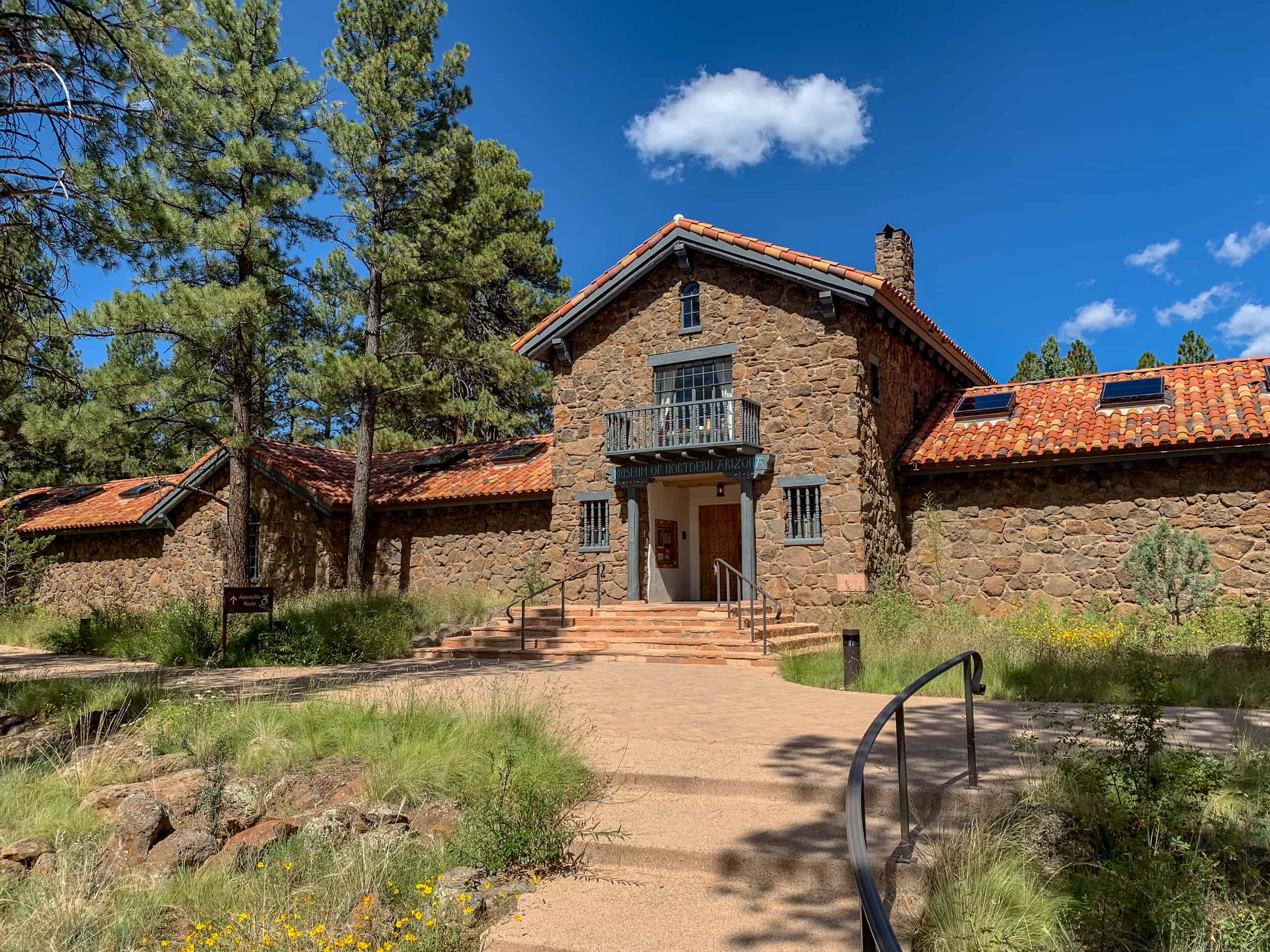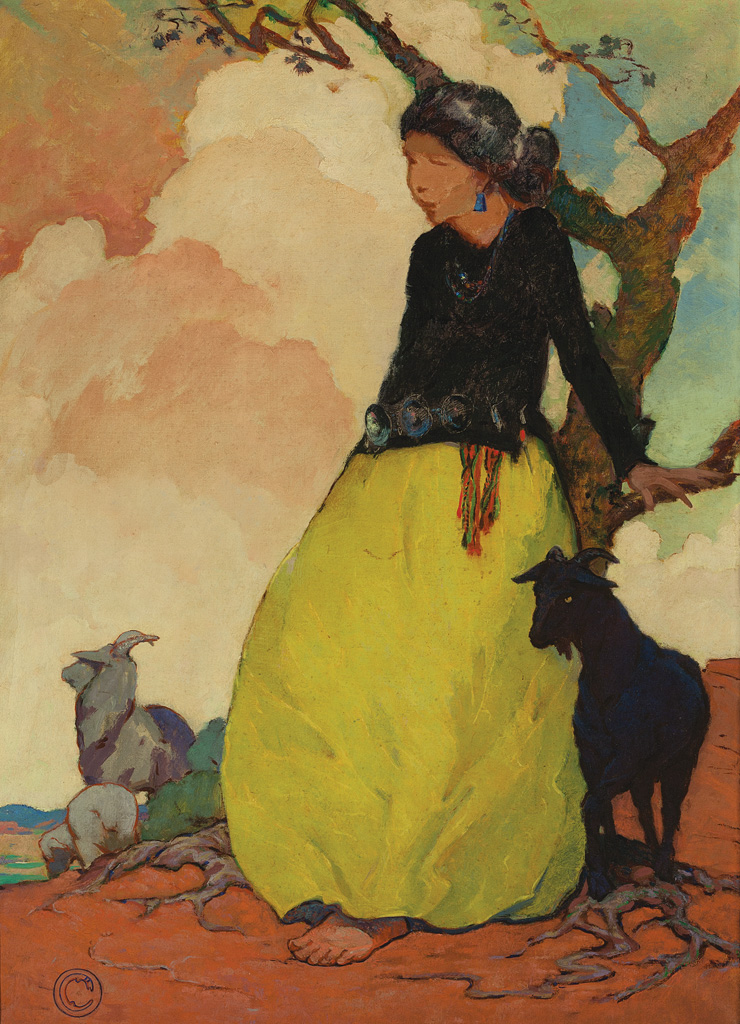 |
| Recipe for Bitters |
Bitters are a mix of water and alcohol
seasoned with aromatic herbs, bark, roots, or fruit matter for flavor or
medicinal purposes. These plant-based ingredients create a bitter sour or
bittersweet taste. Some typical seasonings are cascarilla, cassia,
gentian, orange peel, and cinchona bark. Many long-established, formerly patent
medicine bitters brands are now sold as digestifs, sometimes with herbal or
cocktail flavorings. The alcohol in bitters works as both a preservative and
a solvent for the plant extracts. The alcoholic strength of bitters varies
with different brands and styles.
Notable Bitters of the Time
The three most popular bitters created in the 19th century that are still a staple at any respectable bar are:
 |
| Peychaud's |
·
Peychaud's
Antoine Amédée Peychaud, a New Orleans Creole apothecary created this gentian-based bitters in 1830. It's similar to Angostura bitters but has a prevalent anise scent mixed with a hint of mint. Peychaud's Bitters is distributed by the American Sazerac Company and it's the ultimate ingredient in a Sazerac Cocktail--New Orleans' version of a cognac or whiskey cocktail.
Antoine Amédée Peychaud, a New Orleans Creole apothecary created this gentian-based bitters in 1830. It's similar to Angostura bitters but has a prevalent anise scent mixed with a hint of mint. Peychaud's Bitters is distributed by the American Sazerac Company and it's the ultimate ingredient in a Sazerac Cocktail--New Orleans' version of a cognac or whiskey cocktail.
·
Fee Brothers
Fee Brothers Bitters, created by Fee Brothers which has been in business since 1863, is made from Angostura bark along with other spices and citrus oils. This classic cocktail flavoring is used in Manhattans, Old Fashioneds, Planter's Punch, and other favorite bar drinks.
Fee Brothers Bitters, created by Fee Brothers which has been in business since 1863, is made from Angostura bark along with other spices and citrus oils. This classic cocktail flavoring is used in Manhattans, Old Fashioneds, Planter's Punch, and other favorite bar drinks.
·
Angostura
These concentrated bitters don’t contain any angostura bark. Johann Gottlieb Benjamin Siegert, a surgeon general in Simón Bolívar's army in Venezuela, created and sold Angostura in 1824. He opened his distillery in 1830. He used plant-based ingredients from the town of Angostura, most likely chosen with the help of the local Amerindians. In 1875 the distillery was moved from Ciudad Bolivar to its current location of Port of Spain, Trinidad. The medal Angostura won at the Weltausstellung 1873 Wien is depicted on the oversized label. The recipe is top secret, it’s passed down hereditarily, and it's arranged that from year to year that only one person knows t he full formula.
These concentrated bitters don’t contain any angostura bark. Johann Gottlieb Benjamin Siegert, a surgeon general in Simón Bolívar's army in Venezuela, created and sold Angostura in 1824. He opened his distillery in 1830. He used plant-based ingredients from the town of Angostura, most likely chosen with the help of the local Amerindians. In 1875 the distillery was moved from Ciudad Bolivar to its current location of Port of Spain, Trinidad. The medal Angostura won at the Weltausstellung 1873 Wien is depicted on the oversized label. The recipe is top secret, it’s passed down hereditarily, and it's arranged that from year to year that only one person knows t he full formula.
Cost of Bitters
Though unable to locate 19th-century pricing for bitters, I found that a bottle of cheap saloon whiskey was usually two bits 25¢. Hard drinks usually sold in 4 oz glasses were 5¢. Name brand liquors were more expensive—a bottle of good brandy was around $3 and a top of the line bottle of whiskey in a nice hotel might be as much as $2.
Packaging-Interesting Bottles
The common shape, color, and packaging for bitters was a square amber glass bottle with a long body and short neck.
 |
| Dr. Dotty's Mandrake Bitters |
Though unable to locate 19th-century pricing for bitters, I found that a bottle of cheap saloon whiskey was usually two bits 25¢. Hard drinks usually sold in 4 oz glasses were 5¢. Name brand liquors were more expensive—a bottle of good brandy was around $3 and a top of the line bottle of whiskey in a nice hotel might be as much as $2.
Packaging-Interesting Bottles
The common shape, color, and packaging for bitters was a square amber glass bottle with a long body and short neck.
However, bitters bottles came in an array
of shapes and colors. Though amber was the most popular, hue for bitters
bottles they came in an array of colors. Many square bitters bottles were made
with black or deep forest green glass. Most embossed bottles appear to date
from the late 1830s into the early to mid-1860s. T. M. Lash used an ornate
label claiming multiple times around the edge that "Health is Better Than
Gold."
 |
| DeWitt's Bitters |
Interesting designs like the cabin shape bitters bottles were a favorite. A long
neck, olive green bottle (almost "black glass") that was uniquely
American in origin was known by bottle makers as a "boker bitters"
style like the "Boker's Stomach Bitters" bottle made by J. F. &
J. Boker of New York in the mid-19th century. Another unusual design was the
Lady Leg bitter bottles with an exceptionally long and shapely neck like a
woman’s leg.
 |
| Hostetter's Stomach Bitters |
Dr. Hostetter's Stomach Bitters
The remedy—Hostetter's "Celebrated" Bitters was formulated by Dr. Jacob Hostetter. The original formula was 94 Proof—47% alcohol. It had so much alcohol in, Alaskan saloons sold it by the glass. Hostetter sweetened the alcohol with sugar and added aromatic oils like anise, and coriander, plus vegetable bitters like cinchona and gentian for a medicinal flavor. It went into large scale production in 1853, national sales skyrocketed, and it was a huge success. Soldiers used it during the Civil War to protect them from southern swamp maladies, and poisonous, impure rivers and bayous.
Log Cabin Bitters
 |
| Log Cabin Bitters |
Log Cabin Bitters was a top seller from the 1860s through the 1880s. Log Cabin Bitters began with the apothecary Patrick Henry Drake, who designed an eye-catching cabin-shaped bottle which collectors call the Drakes Cabin. Whitney Glass Works manufactured most of these bottles. Initially, they had a 4-log shape, but 5 and even 6 log versions soon followed. Many were made with amber glass, but they also came in hues of puce, amethyst, green, and teal.
Drake's Plantation Bitters
Plantation Bitters was highly popular
as it came in the unique 4, 5, and 6 log cabin-shaped bottles and contained 33%
alcohol. The company asserted that Plantation Bitters had medicinal qualities. An
1870 Plantation Bitters Almanac section "Stimulation Sanctioned"
stated:
"Let it therefore, be distinctly understood that Plantation Bitters is an Alcoholic Restorative. But mark this, it is strictly a medicine, not a beverage. It is to be taken in limited quantities at its stated times, like other remedies and antidotes, and therefore its use is in accordance with temperance law, as well as with that 'higher law' which renders it incumbent upon every being gifted with reason to resort to the best possible means of accomplishing a salutary end."
Plantation Bitters was manufactured
and sold until the 1900s.
You may also buy direct from Shirleen before the formal release date
at:












